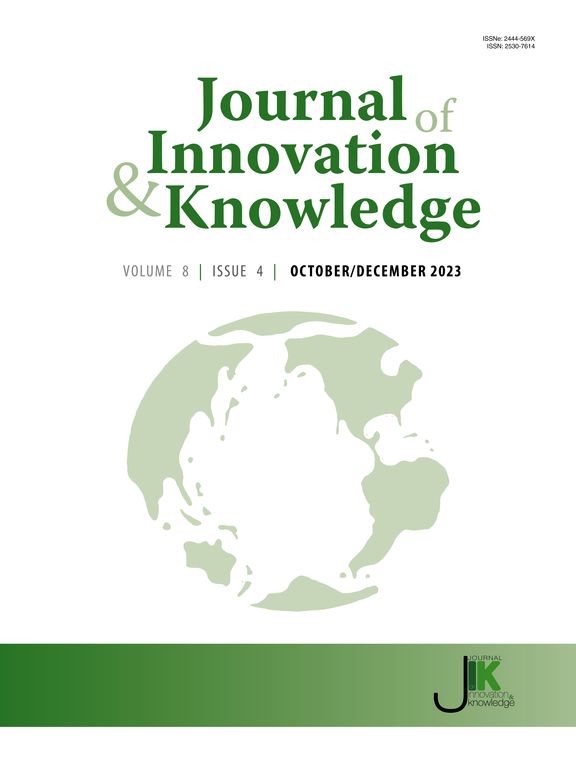R&D investment target setting and enterprise innovation strategy: Substantive or symbolic?
IF 15.5
1区 管理学
Q1 BUSINESS
引用次数: 0
Abstract
Setting research and development (R&D) investment targets is a significant approach for governments to implement innovation-driven strategies. Based on data from Chinese A-share listed firms from 2004 to 2022, this study uses a staggered difference-in-differences model to explore the impact of R&D investment target setting on enterprise innovation strategies. The results demonstrate that R&D investment target setting can promote enterprise innovation, with a stronger effect on symbolic innovation than substantive innovation. Heterogeneity analysis reveals that R&D investment target setting can enhance innovation in mature- and decline-stage enterprises but not growth-stage enterprises. In addition, labor- and capital-intensive enterprises tend toward symbolic innovation, whereas technology-intensive enterprises avoid substantive innovation. Mechanism analysis reveals that R&D investment target-setting drives enterprise innovation by empowering human capital, expanding financing scale, and promoting strategic alliances. Furthermore, economic growth targets are found to strengthen the innovation effect of R&D investment target setting, but only substantive innovation contributes to enterprise growth. These findings are crucial for optimizing government target management and enterprise innovation activities to construct an innovation-driven country.
研发投入目标设定与企业创新战略:实质还是象征?
制定研发投资目标是政府实施创新驱动战略的重要途径。本文基于2004 - 2022年中国a股上市公司数据,采用交错差分模型探讨研发投资目标设定对企业创新战略的影响。研究结果表明,研发投资目标的设定对企业创新具有促进作用,其对象征性创新的作用强于实质性创新。异质性分析表明,研发投资目标设置对成熟期和衰退期企业的创新能力有促进作用,对成长期企业的创新能力没有促进作用。此外,劳动和资本密集型企业倾向于象征性创新,而技术密集型企业则避免实质性创新。机制分析表明,研发投资目标的设定通过赋能人力资本、扩大融资规模和促进战略联盟来驱动企业创新。经济增长目标可以增强研发投资目标设置的创新效应,但只有实质性创新才能促进企业成长。研究结果对优化政府目标管理和企业创新活动,构建创新型国家具有重要意义。
本文章由计算机程序翻译,如有差异,请以英文原文为准。
求助全文
约1分钟内获得全文
求助全文
来源期刊

Journal of Innovation & Knowledge
Multiple-
CiteScore
16.10
自引率
12.70%
发文量
118
审稿时长
37 days
期刊介绍:
The Journal of Innovation and Knowledge (JIK) explores how innovation drives knowledge creation and vice versa, emphasizing that not all innovation leads to knowledge, but enduring innovation across diverse fields fosters theory and knowledge. JIK invites papers on innovations enhancing or generating knowledge, covering innovation processes, structures, outcomes, and behaviors at various levels. Articles in JIK examine knowledge-related changes promoting innovation for societal best practices.
JIK serves as a platform for high-quality studies undergoing double-blind peer review, ensuring global dissemination to scholars, practitioners, and policymakers who recognize innovation and knowledge as economic drivers. It publishes theoretical articles, empirical studies, case studies, reviews, and other content, addressing current trends and emerging topics in innovation and knowledge. The journal welcomes suggestions for special issues and encourages articles to showcase contextual differences and lessons for a broad audience.
In essence, JIK is an interdisciplinary journal dedicated to advancing theoretical and practical innovations and knowledge across multiple fields, including Economics, Business and Management, Engineering, Science, and Education.
 求助内容:
求助内容: 应助结果提醒方式:
应助结果提醒方式:


